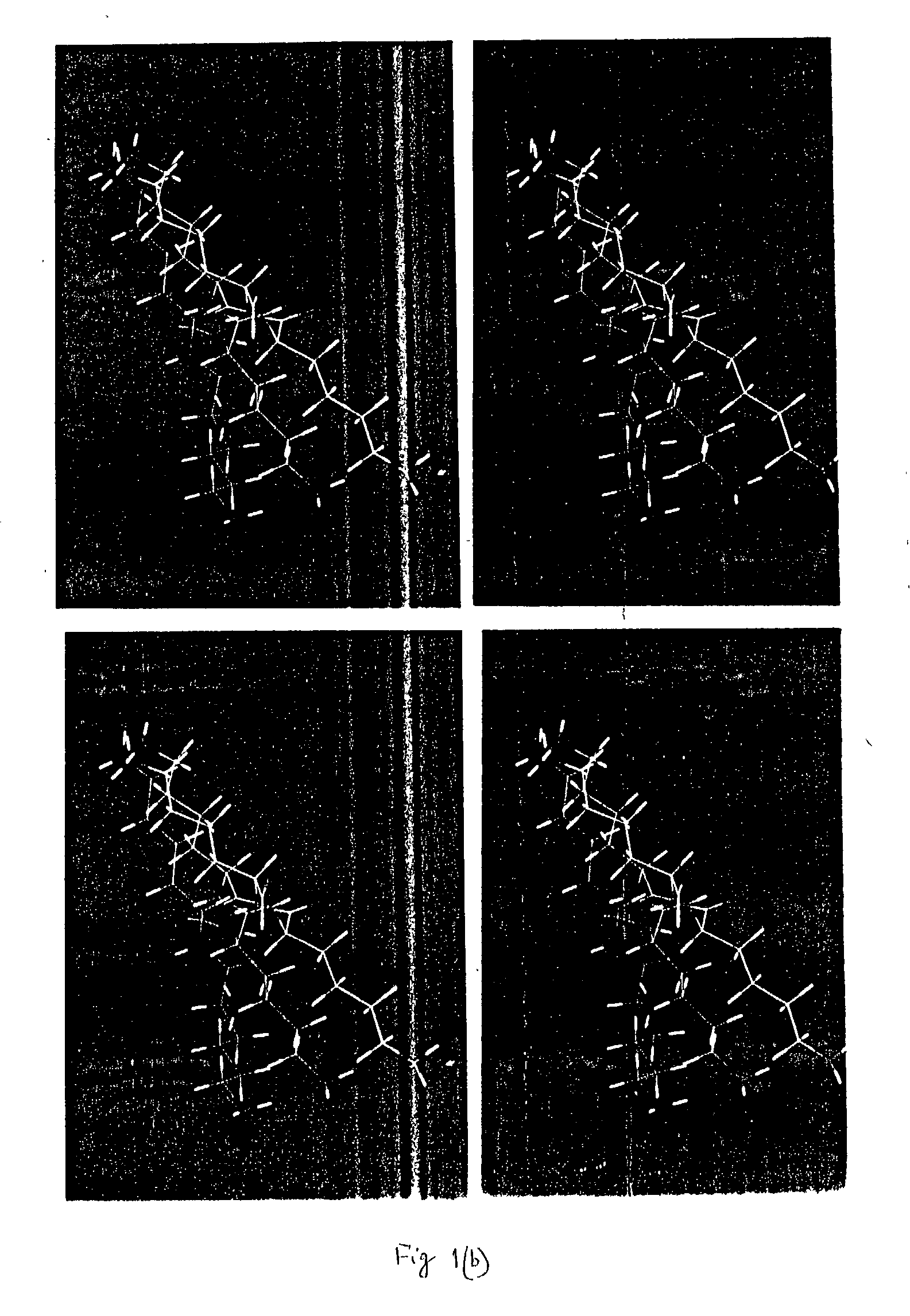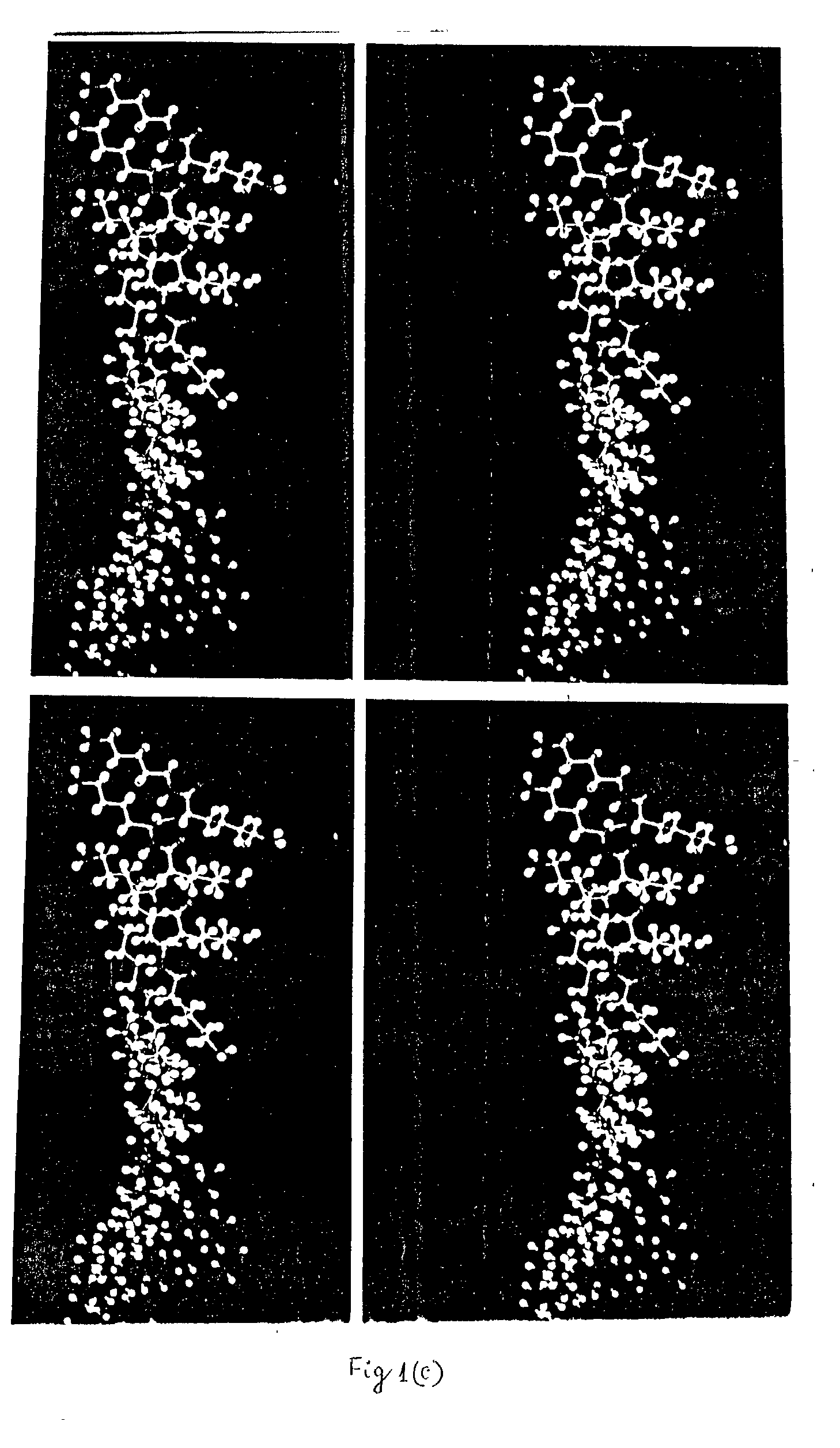Lysine in therapeutic angiogenesis, particularly in treating ischaemic conditions
a technology of lysine and angiogenesis, which is applied in the direction of growth factors/regulators, animal/human proteins, biocide, etc., can solve the problems of limited therapeutic applicability of some of these compounds, especially as systemic agents, and achieve the effects of preserving function and viability, accelerating healing of wounds or ulcers, and improving the vascularization of skin grafts
- Summary
- Abstract
- Description
- Claims
- Application Information
AI Technical Summary
Benefits of technology
Problems solved by technology
Method used
Image
Examples
example 1
In Situ Tissue (Skin Wound) Repair Effect of Lysine
[0123] To study the effects of lysine, on, in-situ-tissue-repair, experiments were conducted as described in the method section above. Lysine alone and / or in combination with one or more component(s) of the derivative(s) as described in the "definition" was reproducibly observed to induce excellent tissue regeneration in-situ, in the form of healthy granulation tissue in all types of acute and chronic wounds of both animal and human origin. In case of chronic wound's, repair-by-in-situ-regeneration were observed to get initiated within the first 72-96 hours of institution of topical and / or systemic therapy (FIG. 2 and FIG. 3 and FIG. 4) with lysine in experimental wounds--both acute and chronic. This much faster rate of repair-by-regeneration was in sharp contrast to the conventional modes of therapy, the control wounds, which received the conventional approach of therapy as has been described in the method section above. In control...
example 2
Comparison of Repair Effects of Lysine with Other Preparations
[0124] As has been elaborated above in the material and method section, only-lysine treated wounds of different anatomical locations and origins and durations were compared with the similar wounds which were managed clinically with the conventional modes (formulations were as mentioned and schedule of treatment were as per convention, depending on the clinical state of the wounds being treated). As mentioned in Example 1, healthy granulation tissue was reproducibly observed to first appear in lysine treated wounds within 72-96 hrs as compared to control wounds (granulation tissue appeared around 2-21 / 2 weeks or even beyond that depending on the condition of the wound, by which time experimental wounds, treated with lysine, reproducibly reached the clinical endpoint, of being ready for skin graft) (FIG. 4 and FIG. 5).
[0125] The following clinical conditions (wounds / ulcers) were also studied under the comparative scheme (on...
example 3
Local Effect of Lysine Upon Angiogenesis In-Vivo
[0136] Topical applications of (high) lysine to chronic human wounds, as described in the Material and Method section, was effetive in inducing profuse angiogenic response as was made out from the histo-pathological examination of biopsy materials from lysine treated as well as controls (conventionally treated) (FIG. 11). Mature angiogenic buds appeared around 5.sup.th to 6.sup.th day (2.sup.nd to 3.sup.rd dressings) of institution of lysine therapy. Conventional modes of therapy induces angiogenesis and granulation tissue formation by 2-3weeks depending on the clinical status of the wound (Ref. Robbin's Basic Pathology, 7.sup.th edition, June-2002, W. B Saunders, by Vinay Kumar, Ramji S Cotran and Stanley Robbins).
PUM
| Property | Measurement | Unit |
|---|---|---|
| Mass | aaaaa | aaaaa |
| Mass | aaaaa | aaaaa |
| Mass | aaaaa | aaaaa |
Abstract
Description
Claims
Application Information
 Login to View More
Login to View More - R&D
- Intellectual Property
- Life Sciences
- Materials
- Tech Scout
- Unparalleled Data Quality
- Higher Quality Content
- 60% Fewer Hallucinations
Browse by: Latest US Patents, China's latest patents, Technical Efficacy Thesaurus, Application Domain, Technology Topic, Popular Technical Reports.
© 2025 PatSnap. All rights reserved.Legal|Privacy policy|Modern Slavery Act Transparency Statement|Sitemap|About US| Contact US: help@patsnap.com



